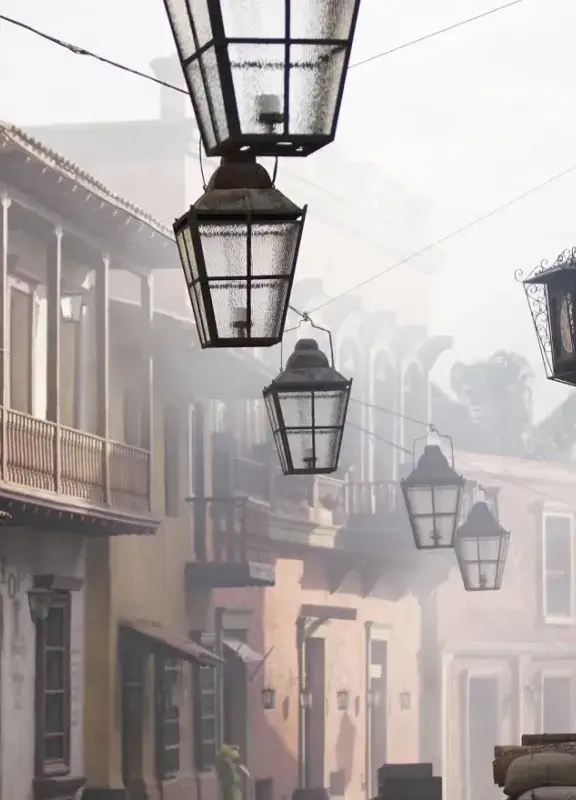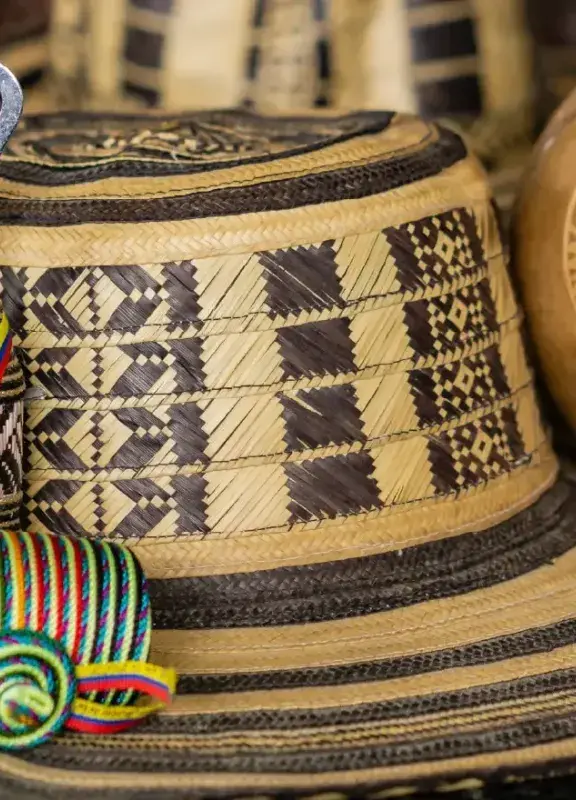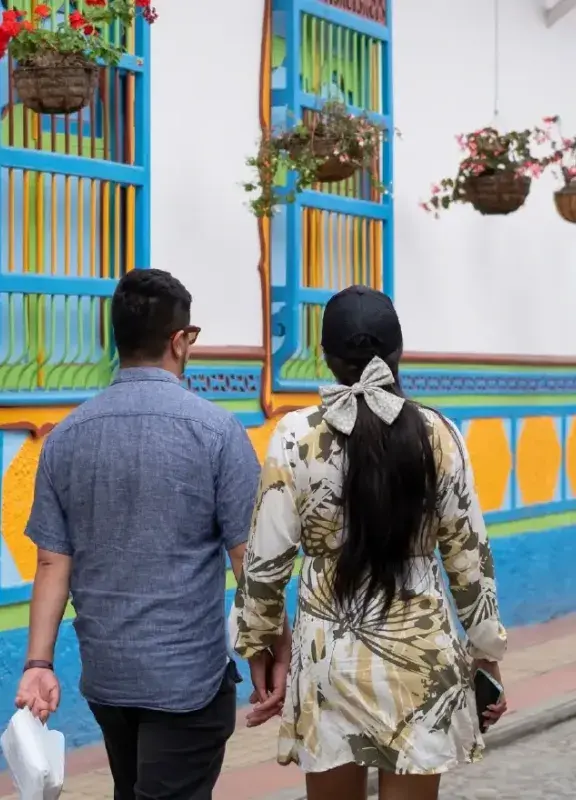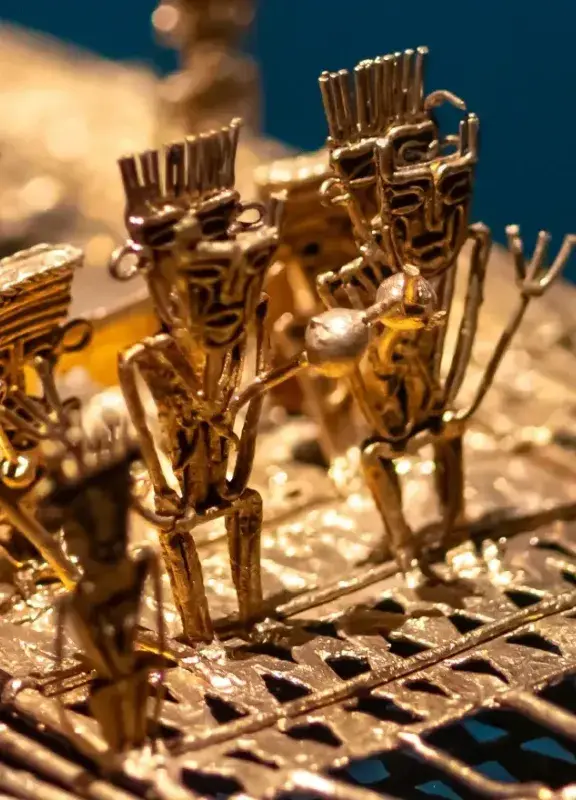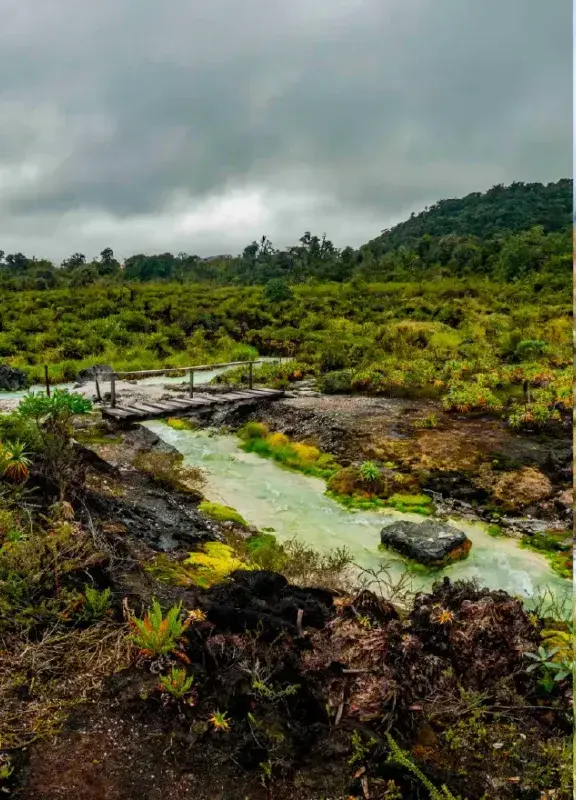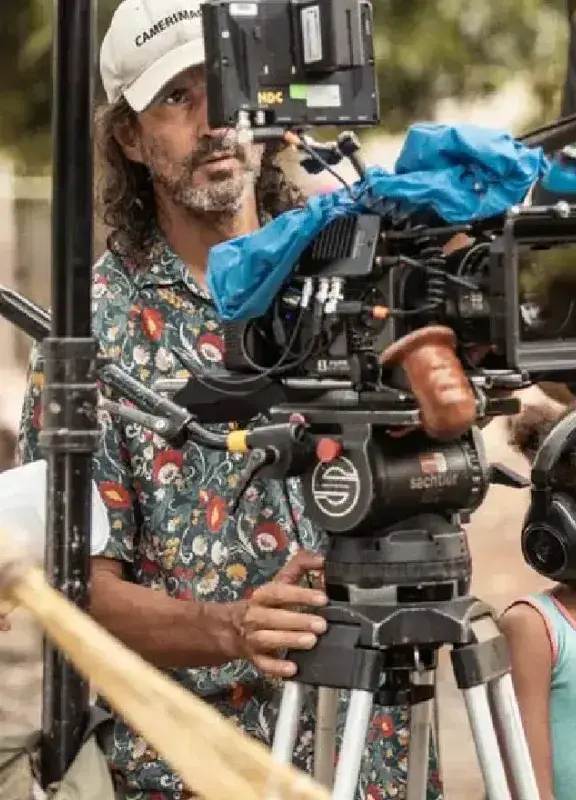What are Colombian people like?
The joy, the flavor, the customs and the way of speaking are elements that are part of the cultural identity of Colombia. Get to know some of these characteristics that make us unique and represent us.
Our optimism and joy
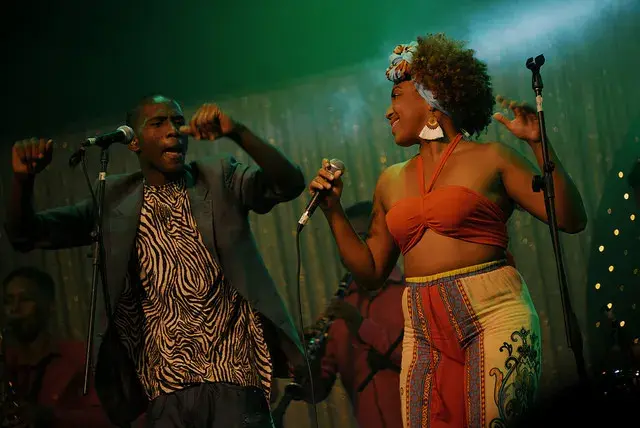
Courtesy of Procolombia
According to the annual year-end survey conducted by Gallup, WIN, and the Consulting Center, Colombia is the second happiest country in the world, surpassed only by the Fiji Islands. The top 5 is completed by the Philippines, Mexico, and Vietnam. This is not the first time the country has ranked among the top in the Happiness Index. This is due to the fact that Colombians are a persevering people who, in the face of adversity, always maintain hope to move forward. This factor is complemented by our joy: we always have a smile on our face, and this distinguishes us anywhere in the world. Not for nothing, more and more foreigners fall in love with the kindness of Colombians and choose the country as their second home.
We are supportive
In times of crisis or tragedy, Colombians are capable of working as a team and bringing out the best in ourselves. An example of this is the reaction of the authorities and Colombian fans after the plane crash carrying the Brazilian football team Chapecoense, which was preparing to compete in the Copa Sudamericana against Colombia's Atlético Nacional. As a symbolic gesture, the players and management of Atlético Nacional requested that Conmebol award the title to Chapecoense and that the prize be given to the victims' families. "The accident of our football brothers from Chapecoense will mark us for life, and from now on, it will leave an indelible mark on Latin American and world football," the sports club stated in a press release. Meanwhile, more than 40,000 fans of the Colombian team held a heartfelt tribute to Chapecoense at the Atanasio Girardot stadium, demonstrating the solidarity that characterizes Colombians and how we are a people capable of embracing each other in the midst of tragedy.
Our ingenuity and creativity

Courtesy of Procolombia
Colombians are creative by nature, always seeking new ways to innovate and improve. Examples of this are the entrepreneurial projects led by Colombian talent. Some of the most notable include the Wanda Barcelona design studio, created by Bogotanos Inti Vélez Botero and Daniel Mancini Barón; the telecommunications company Miaki, founded by Taro Araya, which has won several international awards such as the Connected World Forum – Innovation in Mobile VAS; jewelry designer Paula Mendoza, whose work has reached exclusive boutiques in Europe and Latin America; and advertiser Mauricio Sabogal, who in 2009 was named "the most powerful Latino in the media agency business" by Advertising Age and in 2010 was named "one of the 20 most influential people of the decade in the advertising business in Latin America" by Ad Latina magazine.
We are a resilient country

Courtesy of Procolombia
Resilience is the ability of people, communities, institutions, and businesses to survive, adapt, and grow, regardless of the physical, social, and economic challenges they may face. This definition undoubtedly describes Colombians. A people that, despite the past, the history of drug trafficking, and the indelible story of Pablo Escobar, has managed to overcome and move forward, striving to build a new history.
Looking back, Colombians feel proud knowing that these problems are part of our past, and for this reason, wherever we are, we work to change these stereotypes and show the world our resilient character through numerous achievements.
In fact, in November 2016, CBelgium and Medellín joined the network of the 100 most resilient cities in the world; and throughout the country, there are resilience projects focused on recovering historical memory and transforming vulnerable communities, such as the case of Puerto Escondido in Córdoba.
We carry flavor in our blood
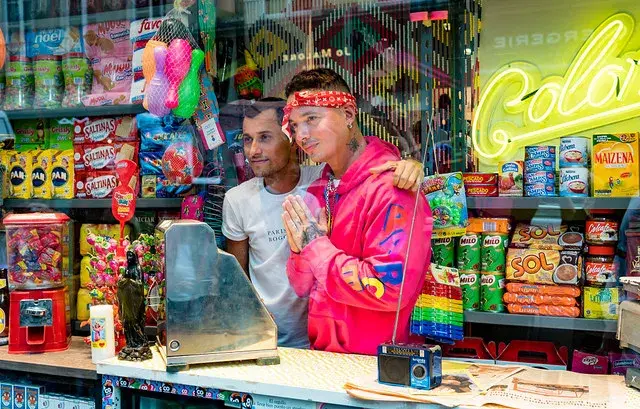
Courtesy of Procolombia
Colombian music is one of the main reasons we are known abroad. Although artists like Shakira, Juanes, J Balvin, and Monsieur Periné have received significant awards in recognition of their talent, fill stadiums, and appear in media around the world, Colombian music goes beyond that.
Rhythms like salsa, cumbia, and vallenato are part of our cultural DNA and the imagery of foreigners when asked about Colombian music.
This diversity of rhythms acknowledges the ethnic and cultural richness of the country and attracts foreigners, who see in these musical expressions a completely new sound. The flavor of Colombians is present in every step on the dance floor and captivates people from all over the world.
Our diversity is reflected in the way we speak
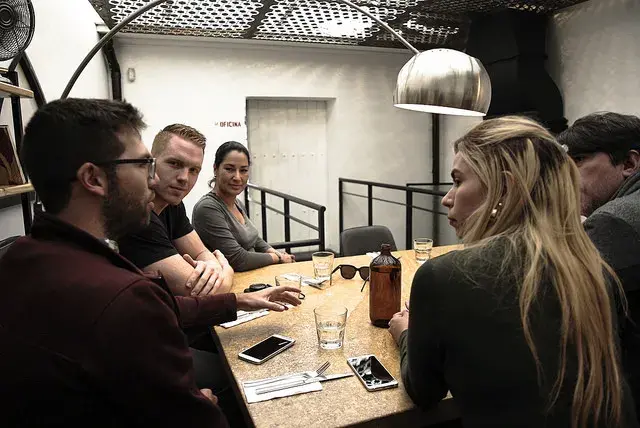
Courtesy of Procolombia
Colombia is a country with unique richness. Traveling through it is to experience a wide variety of climates and landscapes separated by a short flight or road trip.
This richness is also evident in the way we speak and is a testament to the cultural blend that occurred with the arrival of the Spanish in America. "The Spanish that arrived in America was already divided by Castilians and Andalusians. That dichotomy, combined with indigenous languages, the border with Brazil, African influences, and technical terms, has caused the meaning of some words and expressions to vary," explains María Bernarda Espejo, a linguist at the Caro y Cuervo Institute. Each region of the country has a specific accent and vocabulary that characterizes us abroad. Therefore, it is not possible to speak of a single Colombian accent.
In fact, according to the BBC, Colombia is one of the countries with the greatest dialectal diversity in Latin America. Words that are only understood in Colombia, such as enguayabado, cantaleta, parce, bacano; and expressions like ‘meter la pata’, ‘tener un filo’, ‘ah carachas’, or ‘estar en la jugada’ are part of our slang and identify us as Colombians anywhere in the world. Additionally, a word can have different meanings depending on the region.
For example, ‘charro’ is used by Bogotanos to refer to something boring or tasteless; in contrast, in Antioquia, this word is used to describe something funny.
Discover the ‘Colombian Sayings Manual’
We feel proud to be Colombians
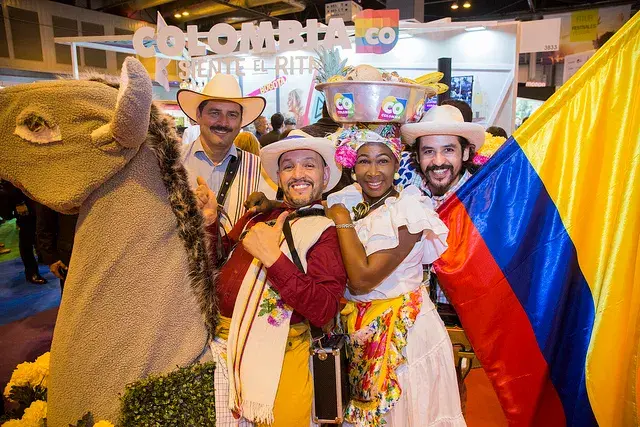
Courtesy of Procolombia
It is a pride to know that the world is discovering the magic of Colombia and everything that represents it. From our customs and traditions to the talent that shines abroad, there are many reasons to feel proud to be Colombian and to tell the world why we are a unique country.
This can be seen with every triumph of Colombians. Whether in sports, like James, Nairo, or Caterine Ibargüen, or in other fields such as innovation, science, creativity, and design. These are just some of the aspects that characterize us as Colombians and make us unique in the world.
Learning more about each of them is a way to approach our culture and history and understand the charm that the country has, which captivates all those who visit it.
 Welcome, you are in
Welcome, you are in 



